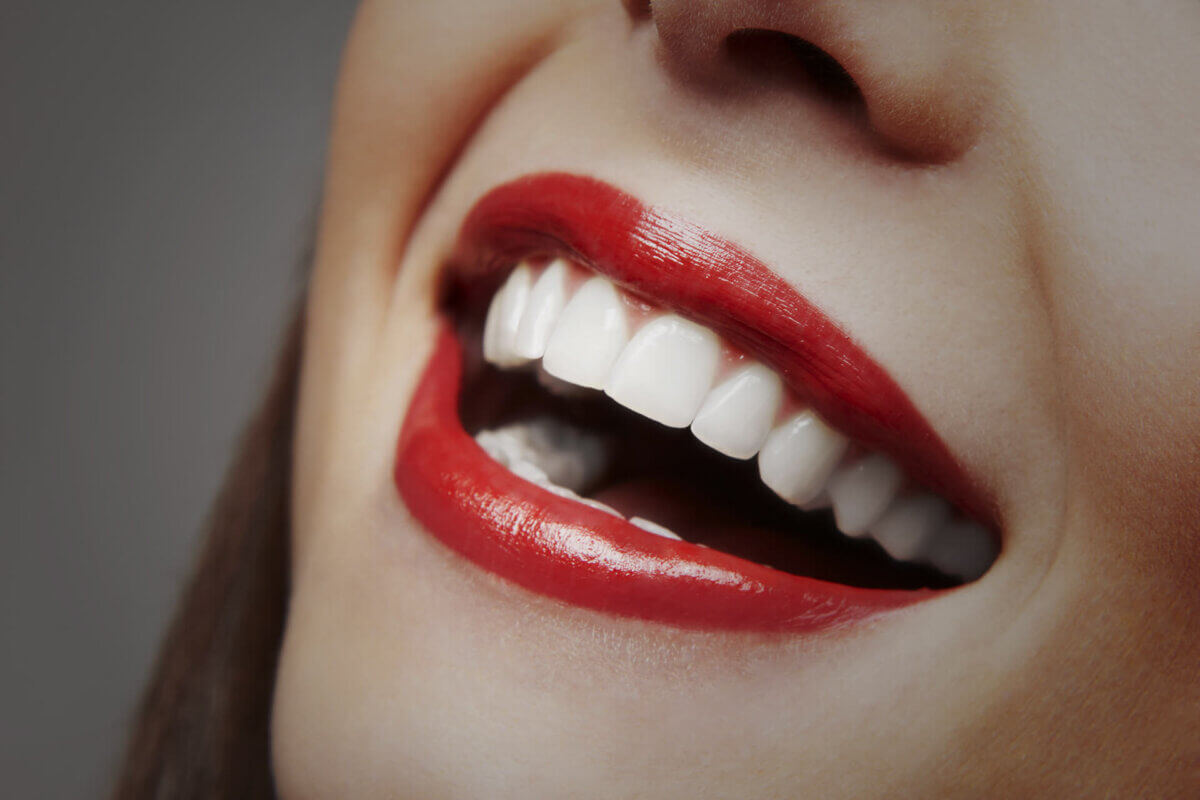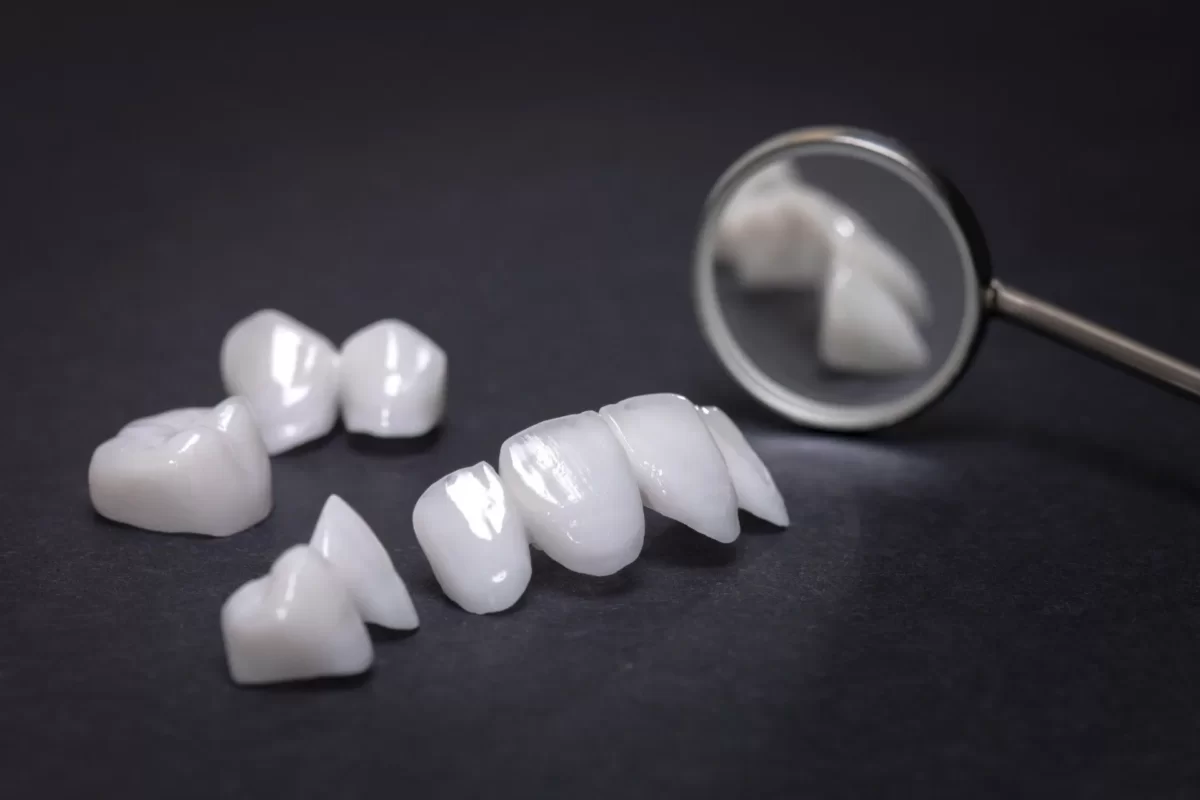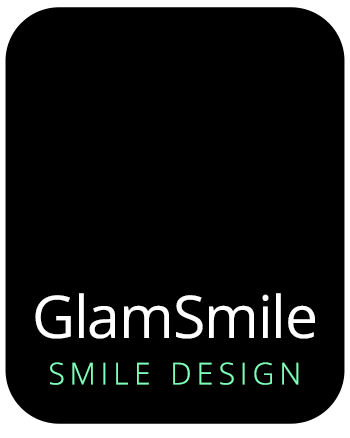
These days, having the best smile means more than simply having healthy teeth and gums, but about radiating joy and confidence. For many of us, smiling is about making our presence felt in the most beautiful way possible.
However, sometimes, despite our aspirations, no amount of brushing, flossing or whitening will give us the aesthetic improvements to our teeth we ideally want. Our natural teeth are prone to aesthetic issues both as they naturally form and emerge, and also over time. This could include discolouration, misalignment as teeth move causing gaps and crooked appearance, wear and erosion, damage such as chips, breakages and cracks. With advancements in dentistry there are fewer reasons for you to live with a smile that you don’t like. With a little help from cosmetic dentistry, you could have a smile that you are proud to share with the world.
The Evolution of Cosmetic Dentistry
Cosmetic Dental Procedures have been around in at least some rudimentary form as early as the 1100s, with whitening and teeth filing procedures. The results were fairly limited by technology and not consistent. There were some significant improvements in the field between the 1700s and 1800s. It really was not until the era of modern dentistry that cosmetic dentistry started coming into its own. Over the last century, procedures such as bleaching, crowns, bridges, implants and veneers have become cornerstones of professional dentistry. The term ‘cosmetic dentistry’ was coined to as a loose term to cover any aspects of dentistry that improved the appearance of teeth.
This field has evolved over the years, thanks to recent advances in both material, technologies and clinical techniques. As a result, dentists can now offer a variety of services that can help enhance one’s appearance and improve their smile. If you have uneven teeth, they can be improved by straightening them out or by using veneers and other types of cosmetic dental work.
Cosmetic dentistry can also help improve your overall oral health. Most cosmetic procedures require a patient to have a healthy oral environment free of decay and with any gum disease under control. Performing dental work in an unstable or unhealthy environment seriously compromises the longevity of the work and can also lead to more significant oral health issues. If the oral environment isn’t immediately suitable for cosmetic treatment, your dentist will advise you of any foundational work or treatment your mouth may require prior to any cosmetic or restorative work to go ahead. If you are considering improving the look of your smile with cosmetic dentistry, you should always speak to a dentist with a clinical focus and experience in these procedures and treatments.
The Most Popular Cosmetic Dental Procedures today
Much of today’s cosmetic dental work relies on a combination of traditional dentistry and state-of-the-art materials that create the illusion of a completely natural beautiful smile. There are many procedures that fall under this ambit, such as Teeth Whitening and Bleaching, Gum Lifts, Veneers, Tooth Bonding, , Implants, Tooth Reshaping, Tooth Straightening with Orthodontic Braces and Clear Aligners and more, with many variations and options within each procedure.
If you are considering improving the appearance of your smile with cosmetic dentistry – to get you started on your smile makeover journey, we’ve outlined some of the trending cosmetic dental procedures available to compare what results are possible (and what is not possible) with specific procedures.
Teeth Bonding – Also known as composite bonding or resin bonding. Teeth bonding is an affordable and minimally-invasive way to repair minor chips, cracks or gaps in your teeth. In this process, the dentist uses a “composite” material (a tooth-coloured resin) which is applied and bonded to the damaged tooth where it is required and then hardened and bonded strongly to the natural tooth using a special UV light. This can not only mend chips and cracks, but can also mend gaps and could sometimes be used for filling in small cavities as well.
Limitations: The bonding process is additive in nature – meaning the dentist builds up over existing teeth. To apply the resin onto the teeth and layer it in a way that looks natural and harmonious is a skill reserved for the most experienced of aesthetic dentists who can recreate the natural characteristics of natural teeth – this is especially relevant when bonding is used for resin veneers over the front surfaces of the teeth.
Teeth Whitening – Teeth whitening is another popular dental procedure used to lighten the colour of your natural teeth or remove stains that cannot be removed through regular brushing and flossing. This is non-invasive, and the results can be seen in just one sitting itself. While you could always opt for the easily available OTC at-home whitening kits, having a professional teeth whitening by a dentist will certainly give better results.
Limitation: Whitening alone cannot improve the shape, size, alignment or general appearance of teeth. Th results of whitening systems (whether professional or at-home) are in the end temporary as our natural teeth are still prone to staining and discolouration over time.
Teeth Shaping – Teeth shaping, or Odontoplasty as it is also known, can help improve the overall shape of your smile by contouring your teeth to the desired shape and size. This is usually done in the case of overlapping, chipped, cracked or crooked teeth, and is sometimes followed by dental bonding. However, this also entails the removal of enamel, and hence, should be restricted to extremely minimal adjustments, if at all done. If teeth are considerably misaligned, a less invasive combination approach may include a course of orthodontic aligners to correct the position of the teeth prior to reshaping or other cosmetic treatments such as veneers
Dental Implants – Dental implants are used to replace missing teeth. This is the most invasive of the procedures discussed. A screw-shaped implant (usually made of titanium) is surgically implanted into the jawbone where they integrate with surrounding bone and gum tissue, serving as a strong anchor for holding a new tooth (crown) or set of teeth (bridge) securely in place. Apart from the aesthetic improvements that come for replacing a missing tooth, dental implants also serve a functional purpose, by providing a stable base for one or more replacement teeth.
Limitations: If there is insufficient bone in the jaw for the implant to integrate this procedure may not be possible or require bone grafting. As an implant replaces a missing tooth or missing teeth – it will need to visually blend naturally with the surrounding teeth, meaning it is designed to resemble your other natural teeth, or the remaining natural teeth will require other procedures to improve their appearance to match the newly implanted teeth.
Dental Crowns – Commonly known as a dental cap, dental crowns are placed over existing damaged teeth, to cover up large dental fillings, noticeable cracks or dental implants, while also restoring the original form of teeth. Sometimes, they are also used to provide support to weak teeth and protect them from further damage. There are different types of dental crowns, but porcelain crowns are the ones that can be made to look just like your natural teeth.
Limitations: To place a crown, the natural tooth must be heavily prepared by significantly cutting back the enamel and dentin of the teeth into a small ‘stump’ for the crown to be placed and bonded over the top. This is a considerably invasive and involves the permanent destruction of much of the visible part of the natural tooth. Without anaesthesia, this would be a markedly painful process as exposed dentin tissue is very sensitive.
Orthodontics: Straightening crooked teeth can be achieved through a course of orthodontic treatment which slowly moves teeth into new positions by applying consistent force. A course of treatment can last from a few months to over several years depending on the complexity of the case. This can be done with either fixed braces or by using more modern removable appliances such as clear aligners. Braces are permanently attached to the teeth for the duration of the treatment, whereas clear aligners must usually be worn 23 hours per day and both require ongoing visits to the dentist.
Limitations: The process can be slow, uncomfortable and cumbersome. Orthodontics also cannot improve the shape, colour or characteristics of teeth. Teeth also can be prone to relapse – moving slowly back to their previous position.
Inlays and Onlays: In this procedure, small pieces of dental-grade ceramic or composite material are bonded into small cavities typically found on molars and premolars to restore lost tooth structure and prevent further decay and loss of tooth structure. Inlays/Onlays are typically used to strengthen or restore damaged teeth, especially when there is insufficient remaining tooth structure for a crown or filling.
Dental Veneers: Dental veneers are one of the most popular cosmetic dental procedures that can correct many aesthetic concerns all at once. Whether teeth are excessively discoloured, misshapen, unevenly sized, damaged or a combination therefore, veneers are a long-term solution that can quickly and safely transform the appearance of teeth. Porcelain veneers are layers of special ceramic material which look like natural teeth. They are bonded to the front-facing surfaces of the teeth to create an even, white, balanced and healthy-looking smile. Veneers were originally created by dentists in Hollywood to temporarily change the appearance of actor’s teeth – but with advancements in material, it was soon possible for veneers to be strongly bonded to the teeth. Traditionally this required a degree of tooth preparation (filing back healthy tooth tissue) to make adequate room for the veneers to sit over the teeth so they did not appear bulky or unnatural. GlamSmile Porcelain Veneers are a step ahead, specifically designed to require only minimal tooth prep or removal of healthy tooth tissue, and being significantly more affordable as well. As materials have improved, dental porcelain is can now be made thinner and stronger than ever. GlamSmile certified cosmetic dentists will ensure that this procedure happens in the most comfortable way for you.

Limitations: A porcelain veneer is bonded over the tooth of an existing tooth. It does not replace a missing tooth. If you have missing teeth, your dentist may recommend a combination treatment of veneers along with an implant or bridge to replace the missing teeth.
Apart from the treatment discussed above, there are many other variations of restorative and prosthodontic dental procedures that are sometimes considered cosmetic in nature, but also work to restore lost functionality such as the ability to eat and speak clearly.
Cosmetic Dentistry is a practiced art, and you can achieve exceptional results for your smile with an experienced cosmetic dentist. You would usually know whether you are with the right dentist during the first consultation based on the recommendations offered and a transparent discussion of what is realistically achievable with specific treatments in your individual case.
How much does cosmetic dentistry cost?
The price for cosmetic dental procedures can vary widely from clinic to clinic, and person to person. As there is no standard defined fee as such, it would be best to find out the cost of the cosmetic dental work you want, before you get started. This way, you could be prepared and avoid unpleasant financial shocks later on.
GlamSmile is a leader for over 10 years when it comes to ultra-thin, minimal preparation Porcelain Veneers in Australia. If you are looking to transform your smile safely, quickly and without the need for invasive preparation – we recommend discussing your smile’s potential with one of GlamSmile partner dentists. You never know, you might just be next door to one of our certified cosmetic dentists!

